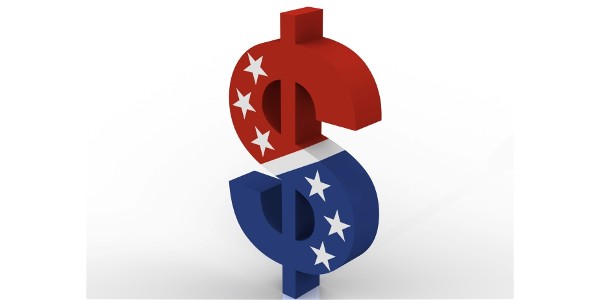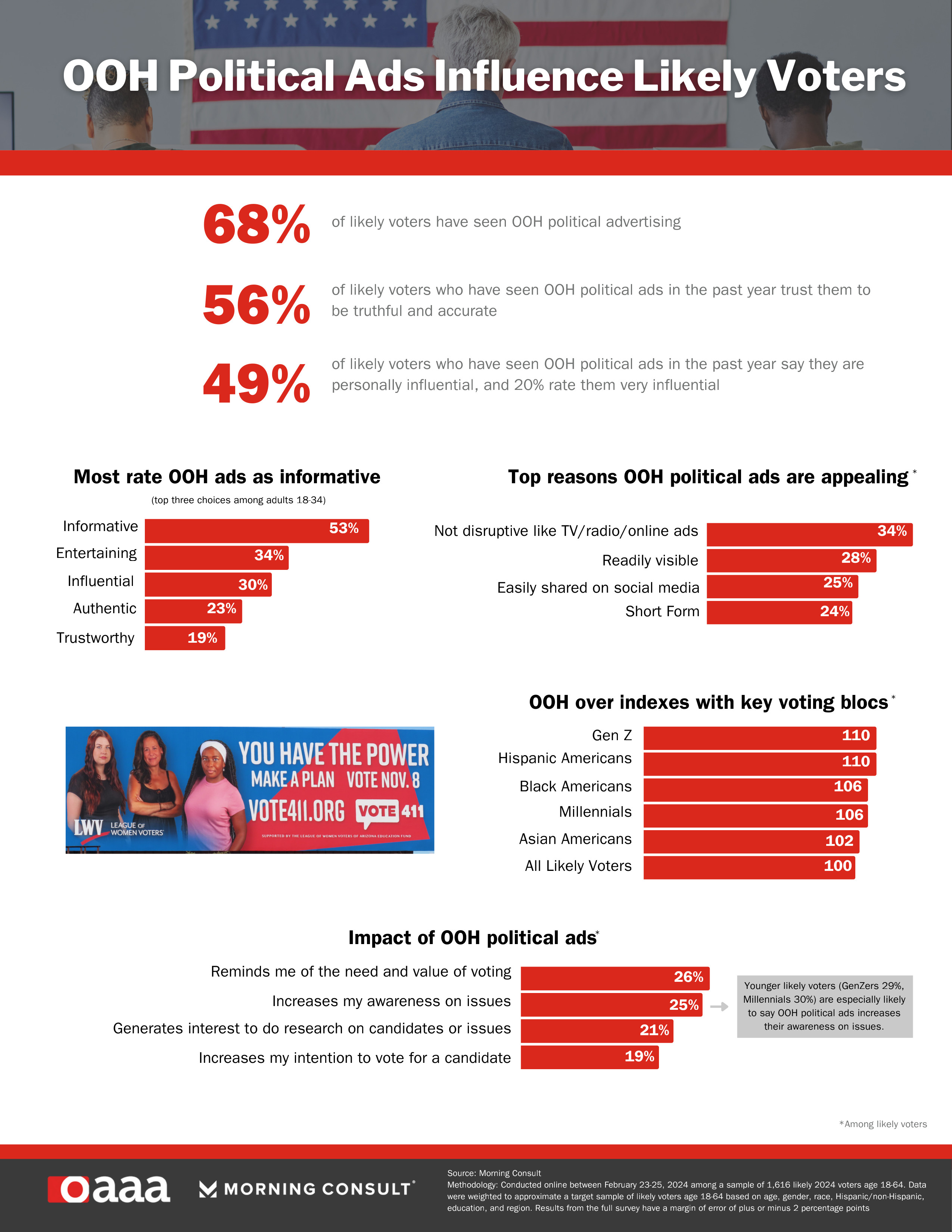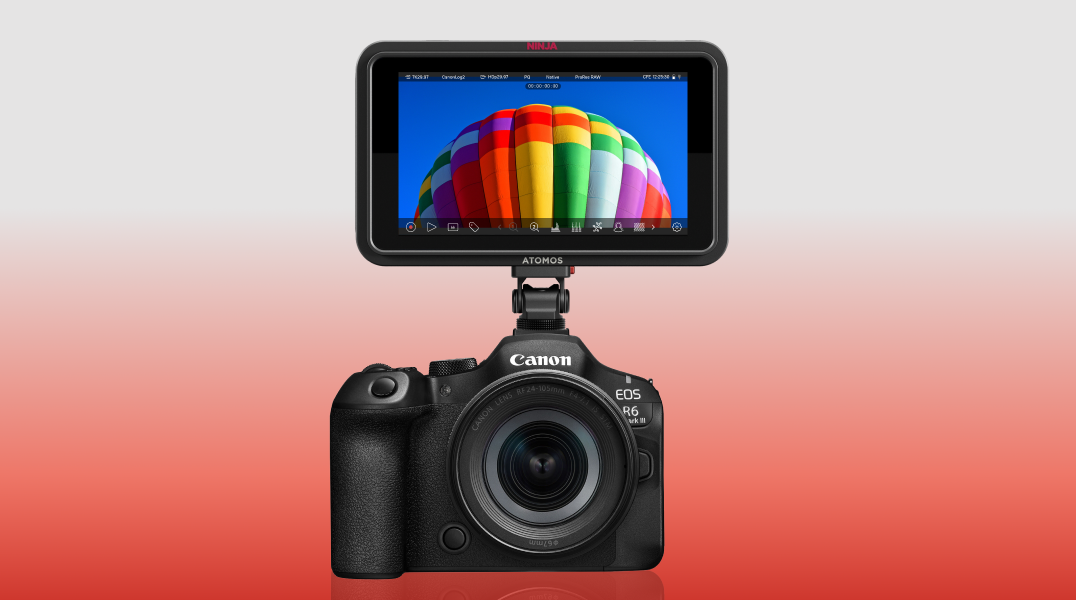OOH and CTV: The Winning Ticket for More Efficient and Effective Political Advertising
As the political advertising landscape evolves, combining DOOH and CTV presents a powerful strategy to maximize reach, engagement, trust, and votes

With the 2024 general election season in its final weeks, political ad spending will likely reach $11-12 billion, a significant increase from the 2020 cycle. Historically, politics has heavily relied on video platforms, with about two-thirds of this year’s political ad budgets allocated to broadcast TV, cable TV, digital video, and CTV. However, the decline in linear TV viewership and the rise of streaming platforms are forcing political ad buyers to rethink traditional strategies. Meanwhile, political spending in OOH is at an all-time high and has doubled in the last decade.
Streaming helps offset the viewership declines of traditional video platforms, allowing political campaigns to target specific voter groups and key geographies. Despite high spending, reaching the right voters is increasingly complicated due to audience fragmentation. Declines in linear TV viewership necessitate more commercials to achieve the same audience levels as a few years ago, complicating the buying process for political ads. Radio also suffers from similar audience erosion and fragmentation.
'A Robust Alternative'
Emerging as one of the biggest stories of this political cycle is the growth of CTV, projected to surpass cable TV. Estimates indicate CTV ad spend could reach $1.5 to $1.75 billion, doubling from the 2020 cycle and growing 50-75% over the 2022 midterms. CTV offers a robust alternative but isn't without issues such as frequency problems and fraud. Some popular providers still don't accept political ads, and repeated commercial content can irritate viewers, reducing ad value.
A key challenge is making CTV ads more effective and reinforcing their messages. One answer lies in the strategic use of digital out-of-home (DOOH) advertising. Commercial advertisers have found that combining CTV and DOOH yields distinct benefits. Ad buyers sometimes purchase DOOH impressions within the CTV budget to avoid overexposure on CTV. Retail media outlets use geofencing with DOOH to reinforce in-store or digital messaging, defining the audience and total impressions clearly.
Political advertisers can benefit from similar strategies, targeting key voter segments through CTV and reinforcing messages with DOOH. This combination is also cost-effective, stretching ad budgets further. Since digital ad agencies place a substantial percentage of CTV ads in the political sphere, DOOH ads are accessible on programmatic platforms preferred by digital buyers.
Last Minute Changes
DOOH’s flexibility with creative content allows for frequent updates, a critical aspect in political campaigns. A recent Morning Consult study released by OAAA supports OOH as a valuable political ad platform, revealing that:
- 56% of likely voters trust political information in OOH ads to be truthful.
- 49% of likely voters exposed to OOH political ads find them personally influential.
- 45% agree OOH political ads inform them about candidates, and 44% say the ads inform them about policy issues.
- 26% say OOH political ads remind them of voting's importance, and 25% say they increase issue awareness.
The study also highlighted why voters find political OOH ads appealing:
The professional video industry's #1 source for news, trends and product and tech information. Sign up below.
- 34% appreciate that the ads don't interrupt their listening, reading, or viewing experiences, unlike most other political ads.
- 28% find the ads readily visible.
- 25% say the ads are easily shared on social media.
- 24% like that the ads are short form.
OOH billboards are viewed more favorably by US consumers than other forms of advertising, including video, audio, digital, online, and print. OOH advertising’s physical presence makes it more authentic and trustworthy, with messages that cannot be easily ignored or skipped.
DOOH and CTV, though distinct, complement each other well, amplifying the effectiveness of political campaigns. Here’s how they work synergistically:
- Audience Extension: Combining DOOH’s broad reach in physical locations with CTV’s targeted reach ensures comprehensive coverage without overextending the CTV budget.
- Enhanced Targeting and Retargeting: Geotargeting and behavioral retargeting create seamless ad experiences, increasing message retention among targeted voter groups.
- Cross-Platform Consistency: Consistent messaging across DOOH and CTV reinforces campaign messages, improving brand recall and recognition.
- Measurement and Analytics: Integrated analytics from both platforms provide a comprehensive understanding of campaign performance, refining strategies and interactions with key voter groups.
- Engagement and Interaction: Interactive elements like QR codes in ads enhance voter engagement, creating cohesive experiences across DOOH and CTV.
- Cost Efficiency: Sharing creative assets between DOOH and CTV saves costs and ensures unified messaging, optimizing media spend.
Example scenarios include promoting campaign rallies, voter registration drives, or other special events through both digital billboards and CTV ads in specific regions to increase awareness, attendance and participation. In a year of heightened importance, GOTV campaigns can leverage high-impact DOOH placements and CTV and/or social media ads to inform voters about election details.
As the political advertising landscape evolves, combining DOOH and CTV presents a powerful strategy to maximize reach, engagement, trust, and votes. With rising costs and audience fragmentation, integrating these platforms can efficiently reach and motivate voters, especially among Black, Hispanic, Gen Z, and Millennial demographics.
In conclusion, the synergy between DOOH and CTV creates a comprehensive and effective advertising strategy, making them the essential winning ticket for modern political campaigns aiming to reach the masses and key voter groups alike.

Anna Bager, a seasoned media industry veteran, is the president and CEO of the Out of Home Advertising Association of America (OAAA), the national trade association that represents the out of home (OOH) advertising industry. Bager is spearheading the OOH industry’s transformation into one of the most exciting media platforms for brands today, with a focus on tech innovation, ease of buying and integration with other mediums. Prior to joining OAAA, Bager was executive vice president of industry initiatives at IAB, leading all digital, mobile, video, audio, and data industry initiatives as well as all thought leadership, which included the Digital Content NewFronts. She has been named one of the 30 most powerful women in mobile advertising by Business Insider and one of the top women in media by Folio magazine and Cynopsis Media.

